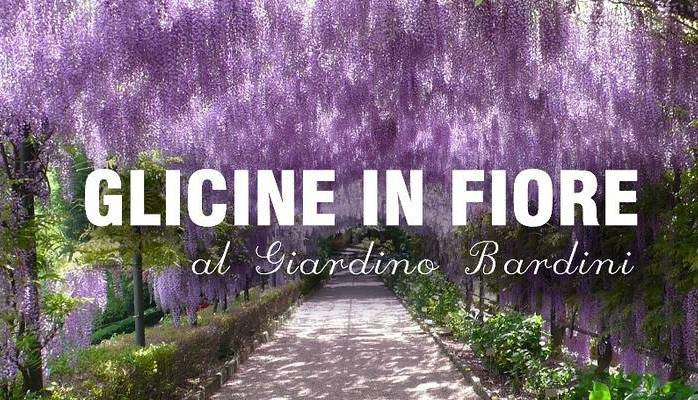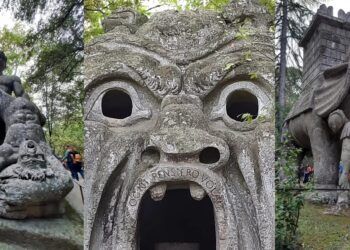It is a show that has been repeated every year for centuries. It is the flowering of the wisteria in the Bardini garden in Florence. It takes place during the month of April when it becomes even more exciting to cross the scenic pergola in bloom and recognize the fragrant varieties of wisteria that paint the whole garden lilac at this time of the year. An excellent reason to visit one of the most beautiful gardens in Florence and in all of Italy.
Some information on the Bardini Garden
The Bardini garden is a wonderful Renaissance garden located in the city of Florence, Italy. It is located on the Oltrarno hill, near the famous Boboli Gardens.
The Bardini garden covers an area of about 4 hectares and is characterized by a series of panoramic terraces that offer a breathtaking view of the city of Florence and the surrounding hills. Some of the main attractions of the garden include the Acquaia fountain, the rose garden, the citrus grove and the hedge maze.
The garden was created in the 17th century and was then restored and expanded over the following centuries. Today it is one of the most beautiful and visited gardens in Florence and is an unmissable stop for anyone visiting the city.
Do you know wisteria?
Wisteria (Wisteria) is a climbing plant that produces beautiful hanging flowers in blue, lilac, pink or white, depending on the species. Originally from East Asia and the United States, wisteria is widespread throughout the world as an ornamental plant for gardens, parks and courtyards.
Wisteria is a robust and easy to grow plant, which prefers temperate climates and well-drained soils. It generally grows rapidly and can reach considerable heights, up to 10-15 meters. Its flowers are highly fragrant and attract bees and butterflies, making wisteria a popular choice for botanic gardens and public green areas.
However, it should be borne in mind that wisteria plants can get very large and heavy, and therefore require solid and resistant support in order to grow properly. Additionally, the seeds and leaves of wisteria are toxic to pets and humans if ingested, so care should be taken when growing this plant around pets or children.










Discussion about this post